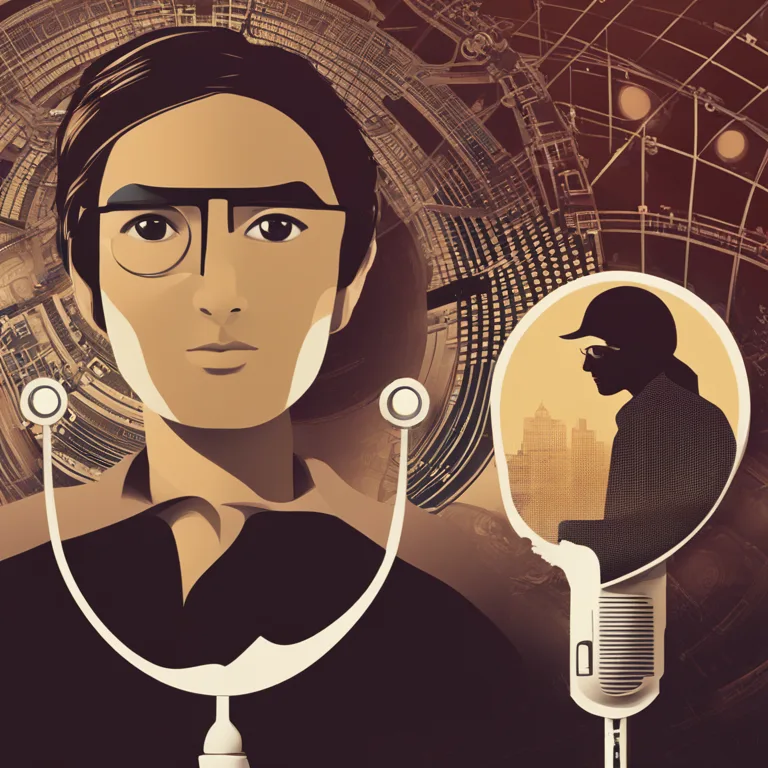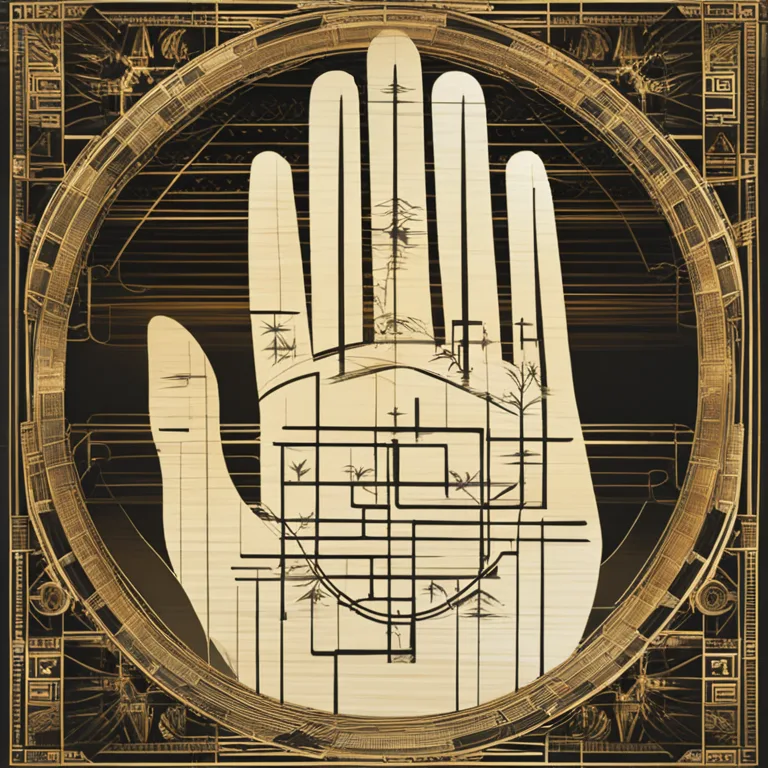
The Science Behind Palm Lines: A Modern Guide
Delve into the fascinating world of palmistry with our article on the science behind palm lines, offering a contemporary understanding of this ancient practice.
article by Nora Pennington
The Roots of Palm Line Interpretation
Palmistry, the art of analyzing the physical features of the hands to interpret personality traits and predict future events, has a history as ancient as civilization itself. From the alleys of Vedic India to Aristotle's musings, palm reading was both a scholarly and mystical pursuit. As we move through 2024, the blend of technology with this age-old practice has given us novel insights. Digital scanning and imaging provide detailed palm analyses, but the question remains—what can science say about the lines on our palms, and are they as telling as the mystics suggest?

The Heart Line and Emotional Insights
The heart line, traditionally linked with emotions and relationships, is the first to fascinate both the enthusiast and the skeptic. In modern interpretations, where echocardiograms can visualize the heart's function, the lines on our hands are subject to scientific scrutiny. Experts in dermatoglyphics—a field studying the pattern of skin ridges—relate the variability of these lines to genetic factors. However, the leap from genetic patterns to emotional predictability remains a topic of heated debate among scientists and palmists alike.

The Head Line and Intellectual Mapping
Next comes the head line, associated with intellect and wisdom. Cognitive neuroscience has mapped vast territories of the brain, identifying specific areas responsible for critical thinking, problem-solving, and creativity. Proponents of palmistry suggest a correlation between the head line's form and mental faculties, though the scientific community awaits empirical evidence. Current research in neuroplasticity hints at a dynamic brain continually shaped by experience—a concept that challenges static interpretations of palm lines.

Life Line: Vitality or Just a Myth?
Often the most controversial, the life line has carried connotations of vitality and lifespan. Advances in genetics have revealed markers that can indicate predispositions to certain health conditions, yet palmists' readings of the life line pose an interesting quandary. While health can indeed influence the appearance of our hands, to what extent and with what precision can the life line foreshadow medical outcomes? The scientific narrative veers towards caution, positioning the life line as suggestive rather than diagnostic.

Fate Line: The Interplay of Chance and Choice
The fate line, also known as the line of destiny, is said to reflect the influence of external factors on an individual's life trajectory. From the standpoint of contemporary psychology, a person's life course is a tapestry woven from both environmental effects and personal choices. This perspective aligns somewhat with palmistry's interpretation of the fate line, but science seeks verifiable patterns amongst the randomness of existence, a search that continues to evolve with each scientific breakthrough.
Modern Palm Line Science: The Verdict
In conclusion, the practice of reading palm lines touches upon the perennial human quest to understand ourselves and foresee the future. Despite technological advances, the union of palm line science with empirical research remains fledgling. As we navigate a world increasingly driven by data, palmistry's place may lie more in the realm of art, rich with symbolism and meaning, rather than a science seeking objective truth. Yet, the allure and mystery of those intricate lines continue to captivate, promising an adventure for the curious mind.
Published: 1/5/2024
Modified: 1/5/2024
More predictions
Come back here soon to learn more about yourself and your future


The Phenomenon of Fading Palm Lines
Delve into the intriguing phenomenon of disappearing palm lines and what it signifies in the realms of palmistry and personal destiny.


The World of Palm Line Interpretation
Discover the hidden meanings behind the lines on your palm with our comprehensive guide to palm line interpretation.


The Art of Palm Line Interpretation
Dive into the nuances of palm line interpretation and discover what the lines on your palm reveal about your life path and personality.